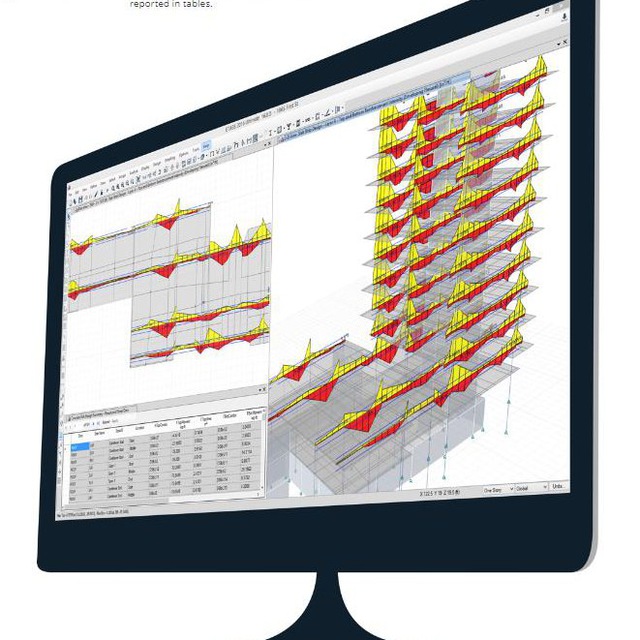Engineering mistakes
Some engineers mistakenly believe that an increase in some dimensions and parameters can help to improve safety and construction conditions, however, these increases without calculation and book are not only not useful, but will also be a factor in the decline of quality. Among these things:
1) Increasing the size of the columns:
This work increases the stiffness of the column and as a result increases the lateral load on that column and decreases the load on other columns, as a result, in addition to being uneconomical, it can cause the criticality of some members.
2) Increasing the size of beams:
In addition to the problems mentioned for the columns, the uncalculated increase in the size of the beams can lead to the problem of the strong beam of the column being weakened, as a result of which, in times of crisis, the plastic joint instead of the beam occurs in the column and is considered a dangerous factor for the structure.
3) Increasing the number of rebars:
In addition to the possibility of brittleness of the section, this problem can cause excessive density of the rebar and prevent proper concreting. Also, high density will cause problems in the act of vibrating concrete.
4) Increasing the size of windbreakers:
This action has increased the hardness of the target wind band and as a result the force applied to it has increased, while its connection plates and welds are not designed for this increase in force, and as a result, the possibility of tearing of the plates and the failure of the welds arises. By moving the center of hardness, it is possible to aggravate the problem of twisting in the structure, which itself is the critical factor of the structure.
5) Increasing the thickness of slab concrete in beam and block roofs:
In addition to the increase in the dead load of the structure, excessive loads are applied to the beams, as a result of which the beams rise excessively and as a result, large cracks occur in the roof, which will also affect the users of the building psychologically.
6) Increase of cement in concrete:
Cement has only the role of adhesive material and increasing it beyond the required amount has no effect on the strength, but can have a negative effect on the strength of concrete and is also a factor in making the mixing plan uneconomical.
7) Increase of water in concrete:
There are few engineers who do not know the negative effect of increasing water in concrete on the quality of concrete.
An excessive increase in water, in addition to reducing resistance, can cause more permeability and create cracks in concrete and concrete porosity
8) Increasing the vibration time:
This action causes the separation of concrete granulation and the removal of concrete juice from it, which will be an important factor in reducing the quality of concrete (the recommended time for vibration is between 3 and 5 seconds depending on the volume of concrete).
9) Increasing the size of the upper corner in joint connections:
This phenomenon reduces the flexibility of the connection, and as a result, the joint nature of the connection is lost and it becomes close to a semi-rigid connection, which results in applying an unexpected anchor to the connection and, as a result, applying this additional force to the beams and columns. Was.
Omidnagar specialized group:
https://telegram.me/joinchat/BWj59j84OHi9rzSjYkIliA
Omidangar channel:
@omidnegarsoft
www.omid-negar.com
This post is written by mehrad_mob
